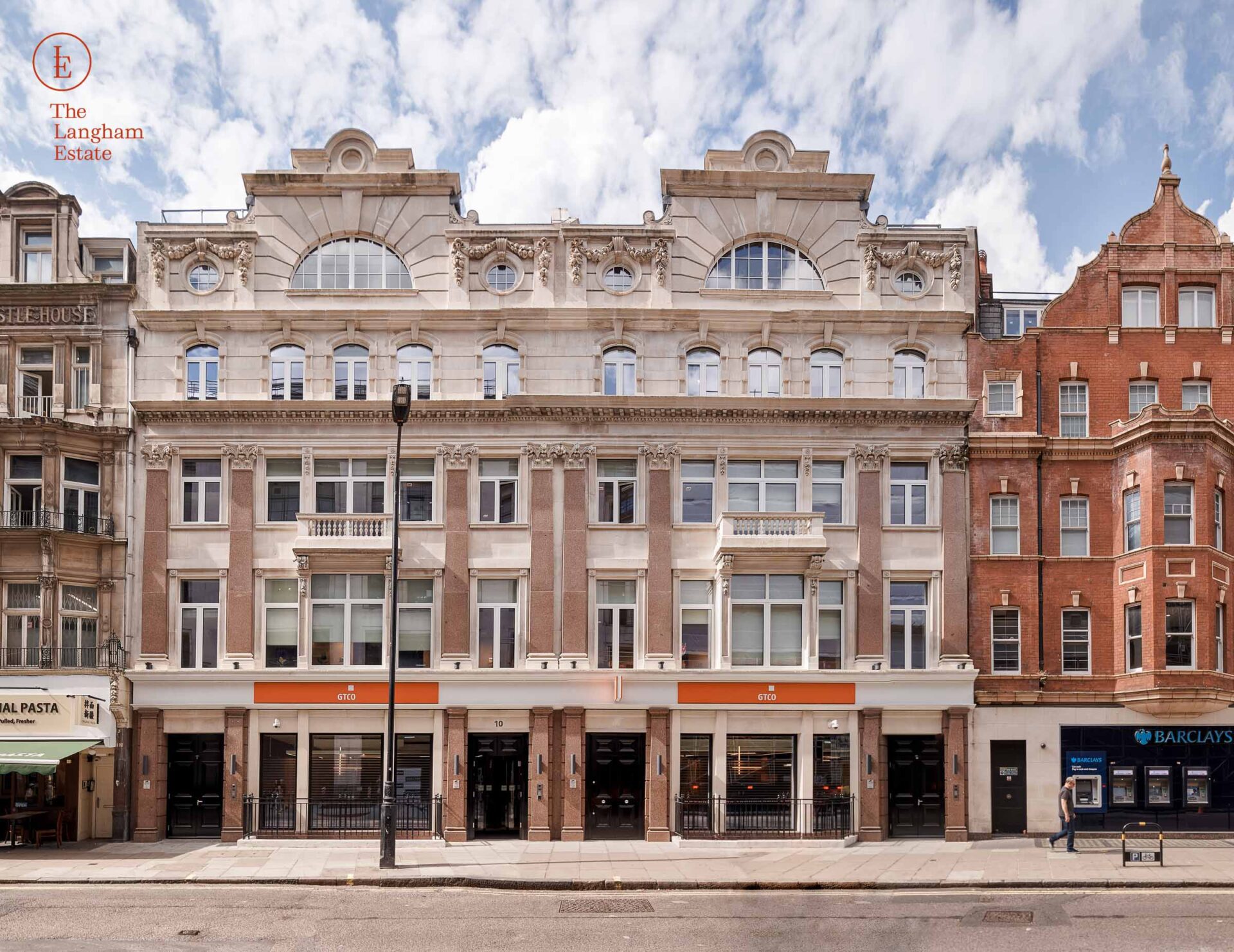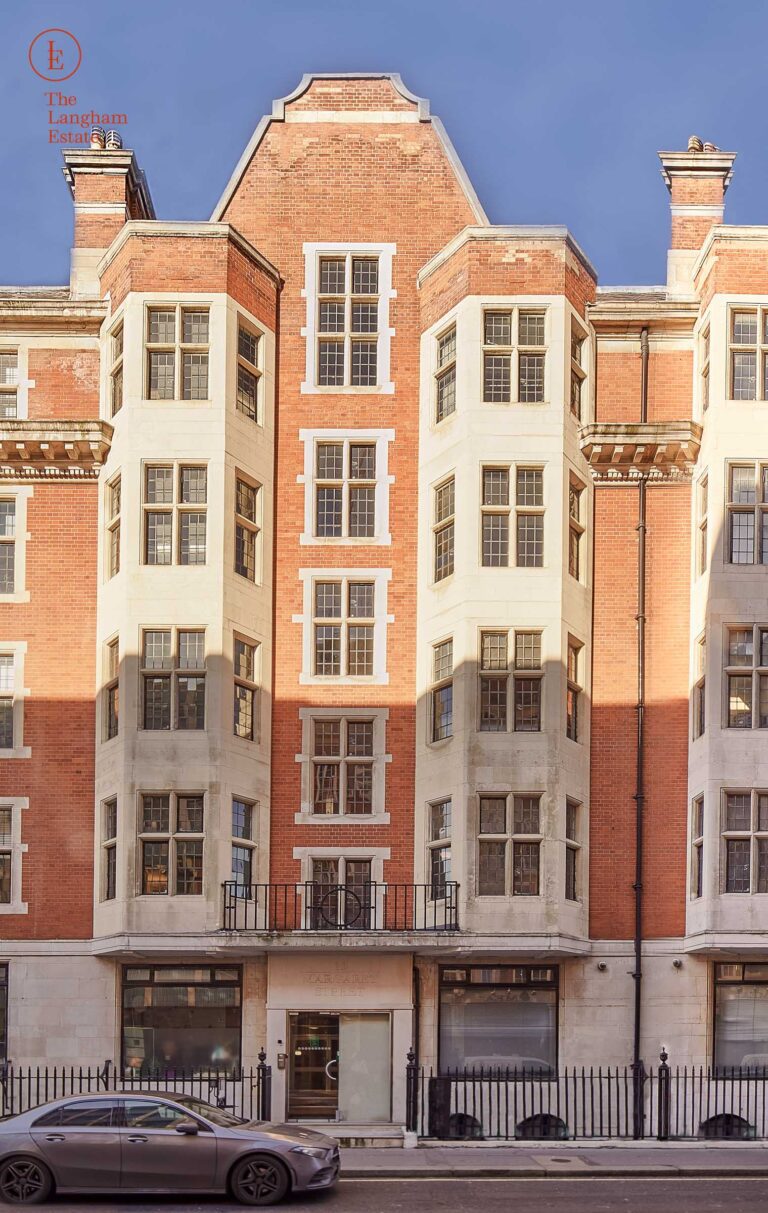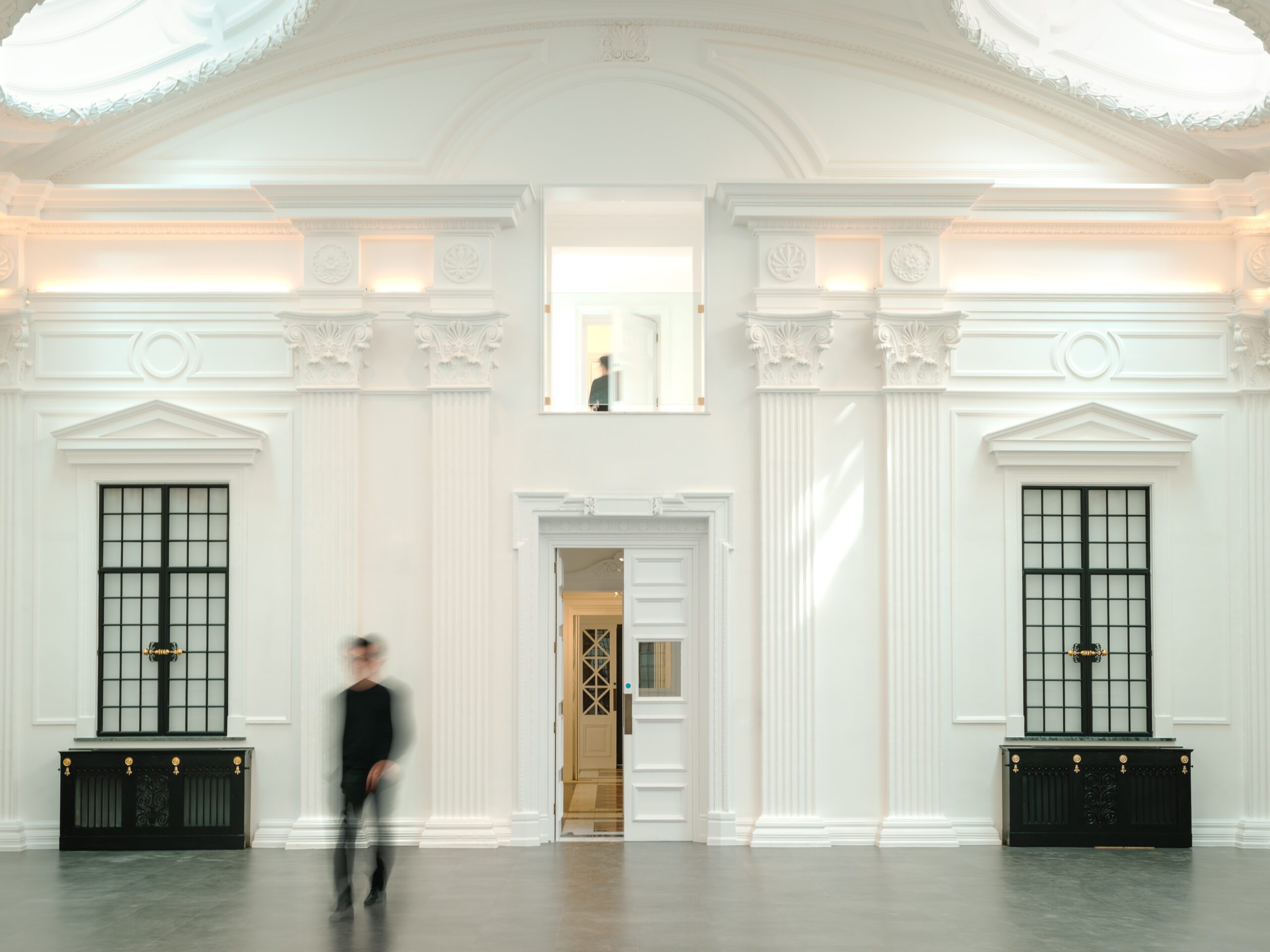Listed buildings in Central London & why office tenants should care?

Listed buildings are in demand as more people look for workplaces with character and history. These spaces stand out and often attract creatives and tech workers who care about culture and identity. But before renting one, it’s important to understand what a listed building is and why it still matters.
What is a listed building?
A listed building is a property recognised by the government for its unique architectural and historical significance. The building is listed to preserve the nation’s architectural and historic heritage. The government can also list a building if its unique features contribute to the nation’s cultural fabric. Once the building is listed, it gains legal protection against demolition, extensions, or alterations that would affect its character.
The Secretary of State for Digital, Culture, Media and Sport makes the final decision to list a building. The property is then added to the National Heritage List for England (NHLE). This is the official registry of nationally protected buildings and sites. However, the decision is based on Historic England, which assesses the property’ age, rarity, aesthetics, and national importance.
England is estimated to have more than 500,000 listed buildings, which account for almost 2% of all buildings. Moreover, due to London’s historic nature, the city and its boroughs are estimated to have over 6,000 listed buildings. This number accounts for more than 5% of the country’s total and is divided into three categories. Major grades of listed buildings in Central London include:
- Grade I: These are the most protected buildings with exceptional national, architectural, and historic interest. Only about 2% of listed buildings fall into this category, which sometimes has international significance.
- Grade II*: These are particularly important structures with more than special national interest. They make up roughly 4% of the list.
- Grade II: These properties are considered to have special architectural or historic significance. They are the most common buildings, making up roughly 94% of the list.
-
1
What makes listed buildings great for office spaces?
Listed properties offer unique benefits that can elevate your business in various ways. These include:
Enhancing your brand identity through architecture
The architectural appeal of listed buildings enhances the brand’s visual identity, which most modern office spaces cannot. Whether it is an ornate Victorian facade, original timber beams, or decorative stonework, these features convey the business’s authenticity and prestige. This makes them ideal for sectors like law, finance, and media, where professional image and first impressions matter.
-
1
Improving employee experience & satisfaction
Workplace design is a crucial factor in driving employee satisfaction and creativity. Listed buildings often boast large windows, high ceilings, unique room layouts, and natural materials. These distinctive features provide a refreshing alternative to the modern offices’ uniformity. Combined with their prime locations, these elements aid in employee retention and workplace well-being.
Read more about: Why Fitzrovia’s historic buildings are perfect for modern creative agencies (1)
Aligning with cultural and ESG values
Environment, Social, and Governance (ESG) criteria are becoming increasingly important for all businesses. Leasing a listed property shows support for heritage conservation and adaptive reuse. This aligns with London’s goal to achieve zero carbon by 2030. EPC and listed buildings are another inevitable consideration, which makes these structures ideal for energy-conscious tenants.
Things office tenants need to know upfront
Leasing a listed building comes with specific responsibilities. As a tenant, always be aware of these considerations.
You can’t always just “fit out” the way you want
Historic office spaces lack the same freedom as modern offices. Renovations or fit-outs, whether for branding, partitioning, or aesthetic upgrades, are often subject to restrictions. For instance, even minor modifications like installing new lighting systems, signage, or air conditioning require Listed Building Consent. This ensures all changes preserve the structure’s historic character.
Unauthorised modifications are considered illegal and can lead to prosecution, fines, or enforcement from local authorities. Therefore, always request a copy of the building’s listing description to know which parts of the building are protected or allow upgrades.
Read more for further information How to renovate a listed office in Fitzrovia?
Modifications take time and permission
Modern commercial leases typically allow tenants to make alterations with the landlord’s consent. However, any changes to listed office space require formal Listed Building Consent (LBC).
Securing LBC involves submitting detailed plans, a heritage impact assessment, and may include consultation with Historic England. The process can take weeks or even months, potentially delaying occupation or operations.
Engaging a heritage consultant or architect experienced with listed buildings can help streamline the application. Prospective tenants should factor these possible delays into their move-in timelines.
Not all listed buildings are plug-and-play modern
Many tenants expect ready-to-move-in office spaces with modern systems. These include data cabling, HVAC, fire systems, energy-efficient lighting, and accessibility features. However, some listed buildings lack these crucial features, while others have limited upgrades due to preservation requirements.
Therefore, before leasing the space, tenants should:
- Tour the location in person to know which level of modern amenities are already integrated.
- Check the building’s current Energy Performance Certificate (EPC) rating.
- Ask the landlord if they have done successful consents before to understand which upgrades are allowed.

Where to check out the best listed buildings for offices in Central London?
The Langham Estate offers character-rich office spaces in curated historic buildings – crafted for ambition, ready for your next chapter:
Grade I:
Grade II: 93 Mortimer St/ 43 Great Portland St – Whole Building
Explore and enquire now at The Langham Estate.
The Langham Estate offers character-rich office spaces in curated historic buildings – crafted for ambition, ready for your next chapter:
Grade I:
Grade II: 93 Mortimer St/ 43 Great Portland St – Whole Building
Explore and enquire now at The Langham Estate.



